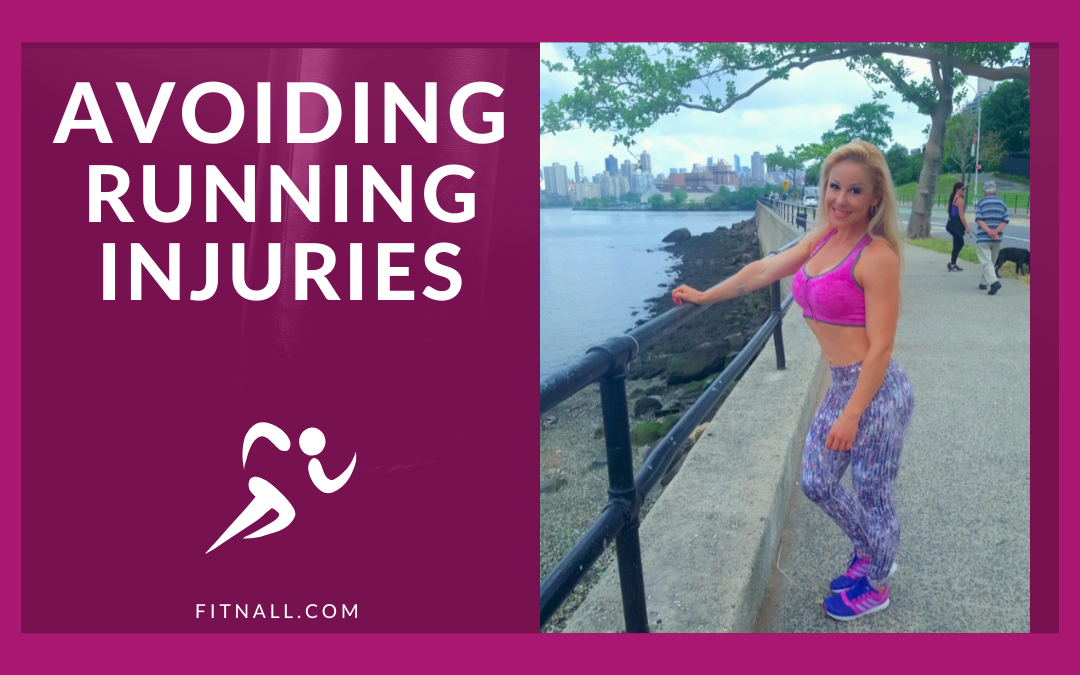If you’re looking to get fitter, running is a great exercise to incorporate into your fitness routine. You can take things at your own pace and you don’t have to run for more than you can handle. It’s a completely free activity that you can do at any time in any place. However, just like with any other sport, you can sustain injuries from malpractice. Read on to learn the most common risk factors for running injuries.
Improper Form
The most common risk factor for running injuries is poor posture and improper form. No matter where you’re running, you must make sure to maintain proper alignment. This improves your running and facilitates your breathing.
Proper Running Form:
- Keep your posture straight and erect. Your back should be straight, chest out, shoulders leveled, and pelvis neutral. You shouldn’t lean forward or back at your waist.
- Keep your head straight. Avoid jutting your head forward – This over-stresses the neck and shoulder muscles. Look ahead, not at your feet, focusing on the ground about 10 to 20 feet ahead.
- Keep your shoulders relaxed and square (facing forward), not hunched over. Avoid keeping them shrugged up close to your ears.
- Keep your arms bent at a 90-degree angle so when you move your arms, your hands move down and back at a waist/ higher-hip level. Don’t cross your arms over your chest – Remain open.
- Avoid bouncing when you run. This vertical oscillation wastes a lot of energy and fatigues you faster. Keep your stride low to the ground. The most efficient runners maintain a cadence of 90, with your left foot contacting the ground 90 times per minute. Shortening your stride raises your cadence, making you take shorter steps.
Pushing Too Hard
Pushing yourself too hard can lead to injuries that you’ll want to look out for. Your body must be prepared for when you increased the intensity. Pushing yourself too hard when you are reconditioned is not a good idea. Things like stress fractures can appear if you’re putting too much force or stress on your limbs. Plus, they’ll get worse the more you keep running. If you are careless, you end up having to end your workout abruptly and injuring yourself.
Wrong / Old Footwear
Another common risk factor for running injuries is your athletic gear. You should have the right footwear for your activity and terrain. It doesn’t matter if you’re running on the treadmill, flat ground, or uneven terrain, improper sneakers can easily hurt your feet, legs, or hips.
You should only use sneakers that are in good condition. After continuous use, the sneaker’s midsole starts to deform and compress, losing its ability to rebound and absorb shock. This can create misalignments, leading to pain and injuries. Replacing worn-out sneakers helps prevent injuries. It’s important to assess your need for footwear, know when to buy sneakers.
Running injuries are not unusual. Now that you know the most common risk factors for running injuries, you can can act preventively to minimize them. If you experience an injury, be sure to take an appropriate break to let it heal. Take the time to learn from it. If you lean into the injury, it could get more serious – pain doesn’t always equal gain.

Infographic About stress fractures from running
To a Fitter Healthier You,
The Fitness Wellness Mentor



